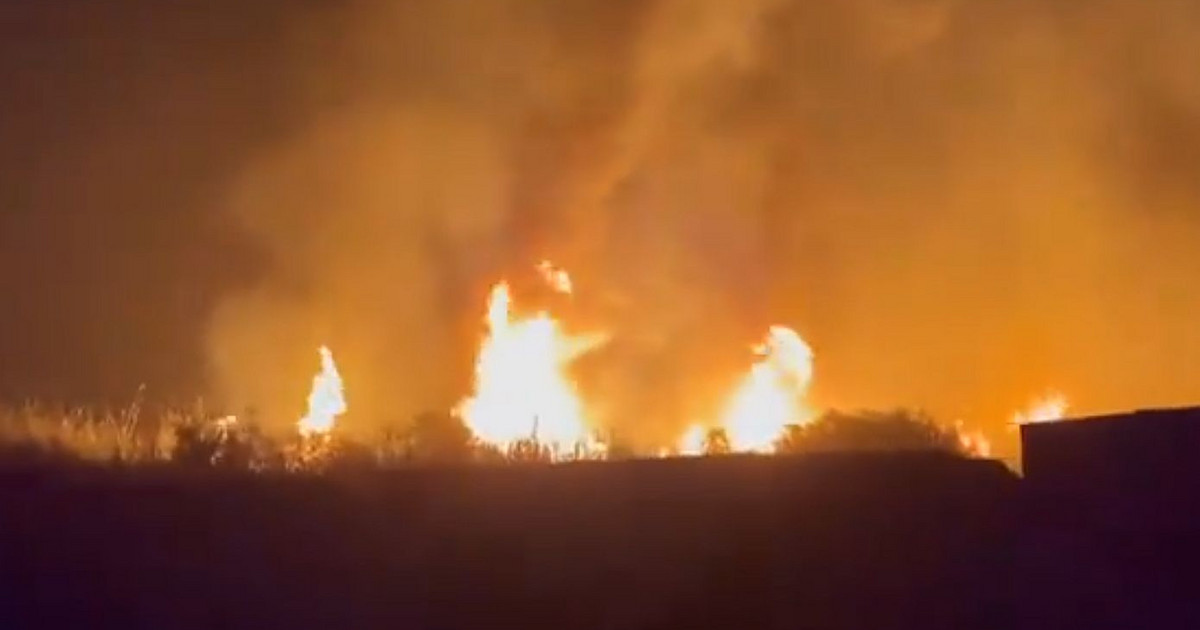President of the Inter-American Development Bank (IDB) since October 2020, American Mauricio Claver-Carone believes that Brazil and other Latin American countries have a unique opportunity to reposition themselves in global trade.
In his view, there is a tendency for multinationals to relocate part of their production to countries closer to the West, as a way of avoiding problems in the supply of parts and inputs from Asia.
In an interview, Claver-Carone says he intends to finance projects that replace part of the production currently carried out outside the region.
To this end, he has led a reform of IDB Invest – the IDB’s investment arm focused on the private sector – and a capital increase, which has already been approved by member countries.
In the midst of global turmoil, says the president of the IDB, “the world is seeing Latin America and the Caribbean as a certain sea of tranquility”.
What is the purpose of IDB Invest’s capital increase, announced recently?
One of my criticisms before joining the IDB was that for every dollar that IDB Invest invested, only 40 cents was mobilized from the private sector.
One of my goals was to come up with at least a one-to-one ratio.
What we present to our governors (as the representatives of the region’s governments on the IDB board are called) is a new model of doing business, which is IDB Invest 2.0.
It is turning IDB Invest into a mobilization bank.
How would that work?
We originate (the financing), reduce the risk by offering guarantees – which is essential, especially for a country like Brazil – and we distribute the investment portfolios.
We are one of the only AAA risk rated institutions in the world that have preferred creditor status. We can use our preferred creditor status to mobilize even more resources.
This is where the multiplier effect is achieved. The idea had broad support and was well received, including by private investors.
Do you intend to work with local banks as well?
Yes, absolutely. And, obviously, we want to bring in institutional investors. These investors are closer to the country. They know where the gaps are.
What will be the amount of the IDB’s capital increase?
The objective is to equalize the share of public and private capital in our balance sheet. On the public capital side, we make between US$14 billion and US$15 billion (in investments), depending on the year and interest rates.
Last year, it was US$ 14 billion. If we can attract another $14 billion from the private sector, we could become a nearly $30 billion institution.
What are the priority areas for investments?
Digital infrastructure, renewable energy and healthcare infrastructure are key. I would add one more, which is nearshoring (outsourcing production to neighboring or nearby countries).
We will never see another opportunity as we are seeing it today. The closures of key industries in China and now the challenges of supplying energy and food after Russia’s invasion of Ukraine have prompted a reassessment of risks.
We made $4 billion in investments in nearshoring projects last year.
What projects are these?
Of all kinds. Of the $4 billion, $2 billion went to projects on the government side. In support of improved logistics. Another $2 billion went to private sector projects, including renewable energy.
Is there demand for these projects and investments?
Amidst the turmoil over the closure of supply chains in China, Asia, and because of Russia’s invasion of Ukraine, Europe, the world is seeing Latin America and the Caribbean as a certain sea of tranquility.
Of course, there are elections and political risks, which have always been there, but investors are re-evaluating that risk. Any political risk now in Latin America and the Caribbean is seen as minor.
The information is from the newspaper O Estado de S. Paulo.
Source: CNN Brasil






